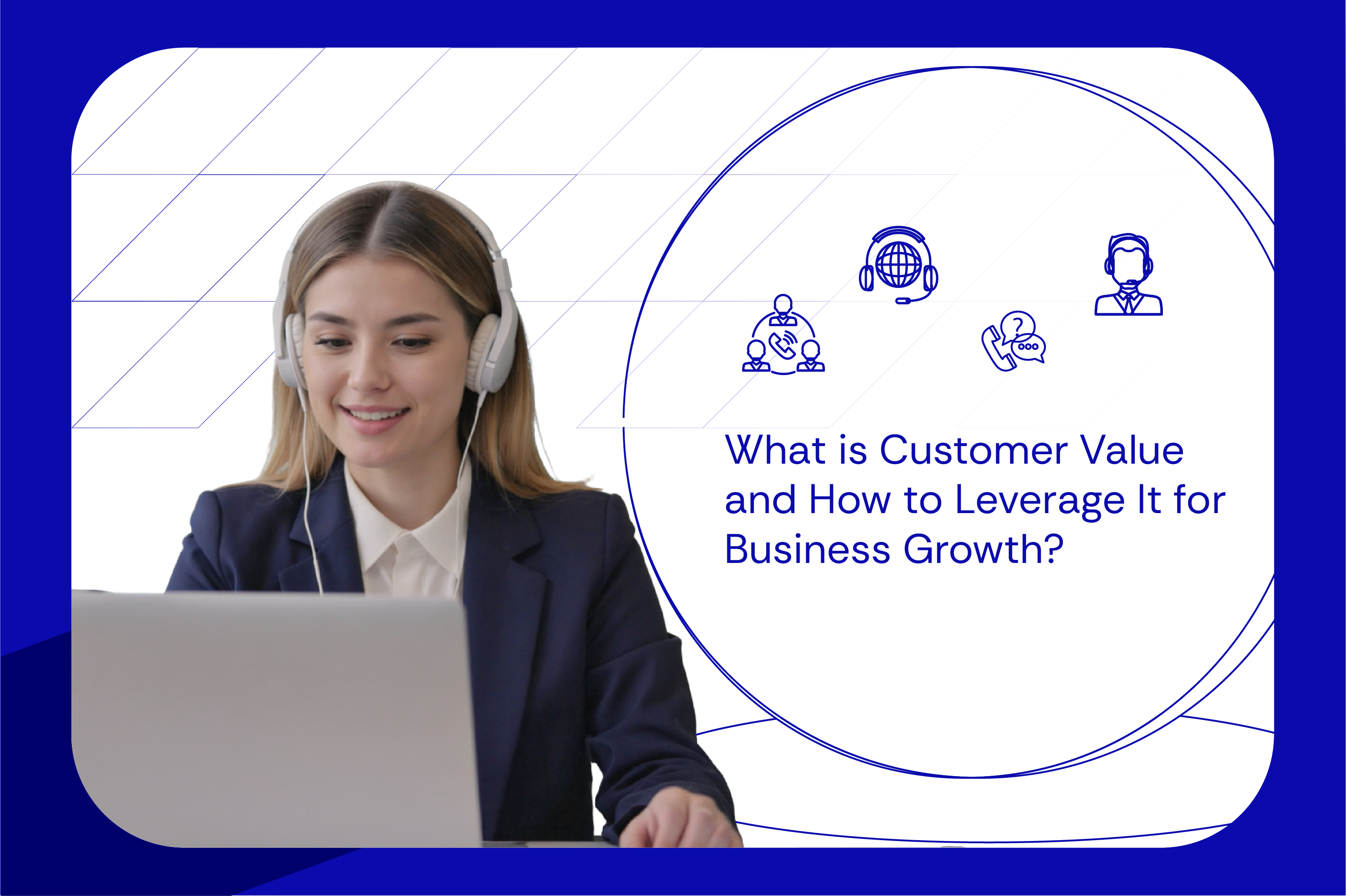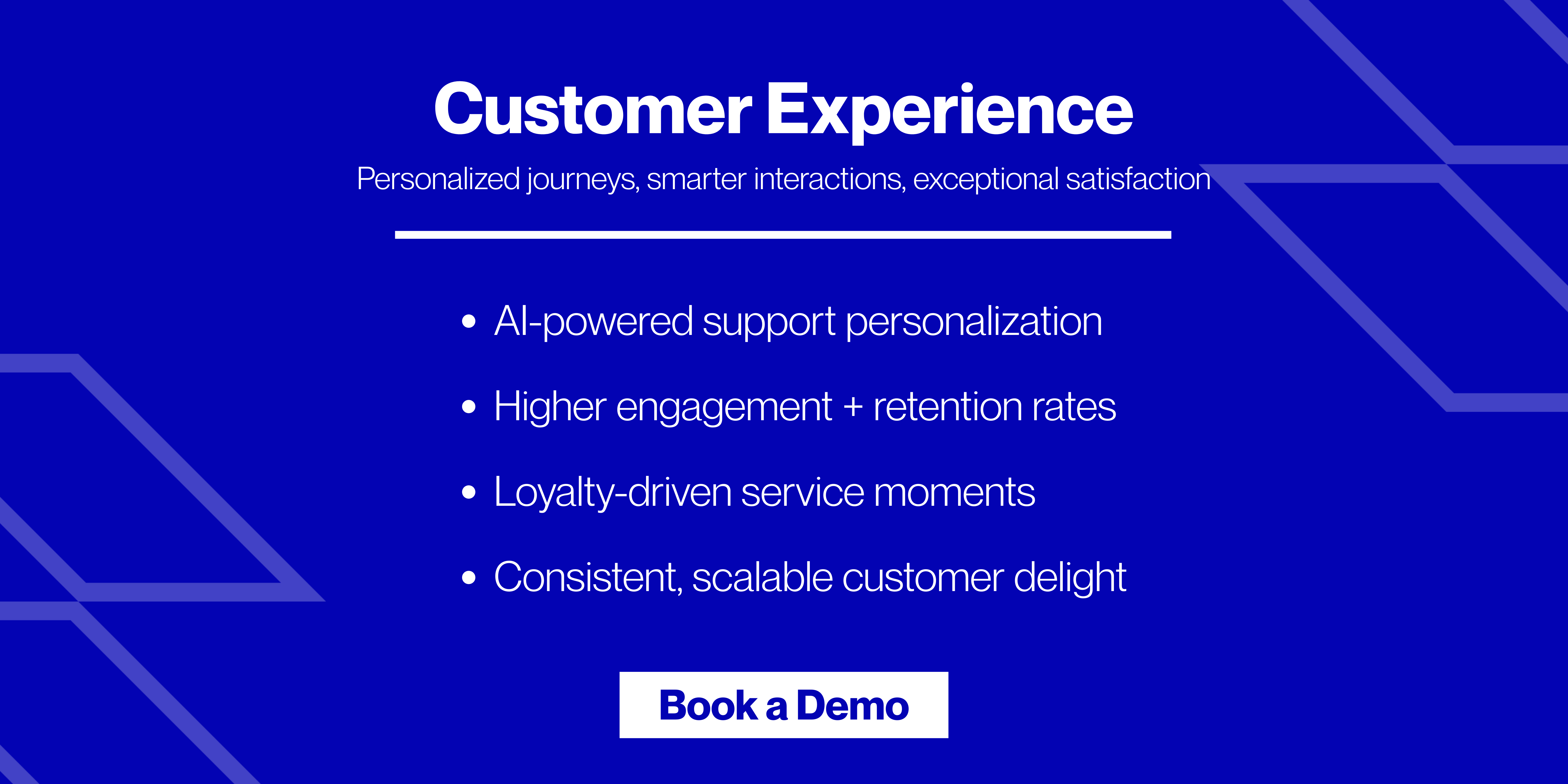Customer Lifetime Value (CLV) is the total revenue a business can expect from a customer over their entire relationship. By calculating it, you can identify high-value customers. This optimises your marketing efforts and improves profitability. A higher CLV means stronger customer loyalty and long-term business growth.
For VPs, Directors, and Senior Managers of Customer Support and CX in consumer brands and D2C companies across the US, UK & Australia, CLV is a strategy for profitable growth. By learning how to increase CLV, you can strengthen retention, boost profits and maximize ROI on every customer relationship.
For most business owners, a successful business is a profitable business. But, do you know what’s more critical than your y-o-y profit growth? It’s your customers! A recent study found that customer-centric brands report profits that are 60% higher compared to those that do not prioritise customer experience (CX).
So, how worthy is a customer to you? Is there a way to measure it? Customer Lifetime Value (CLV) tells you exactly this. Using this metric, you can understand your customers:
- Purchase history
- Buying habits
- Vulnerability to churn
But, why does this matter? By understanding customer value, you can focus on keeping your best customers happy. Instead of chasing every sale, you can invest in the people who bring you the most value.
According to Bain & Company, increasing customer retention by just 5% can increase profits by 25% to 95%. This makes CLV optimization one of the most effective tools for business growth.
Curious? In this article, let’s study what customer lifetime value is and how you can calculate it. Also, we will look at some signs that show you are at risk of losing CLV.
What is Customer Lifetime Value?
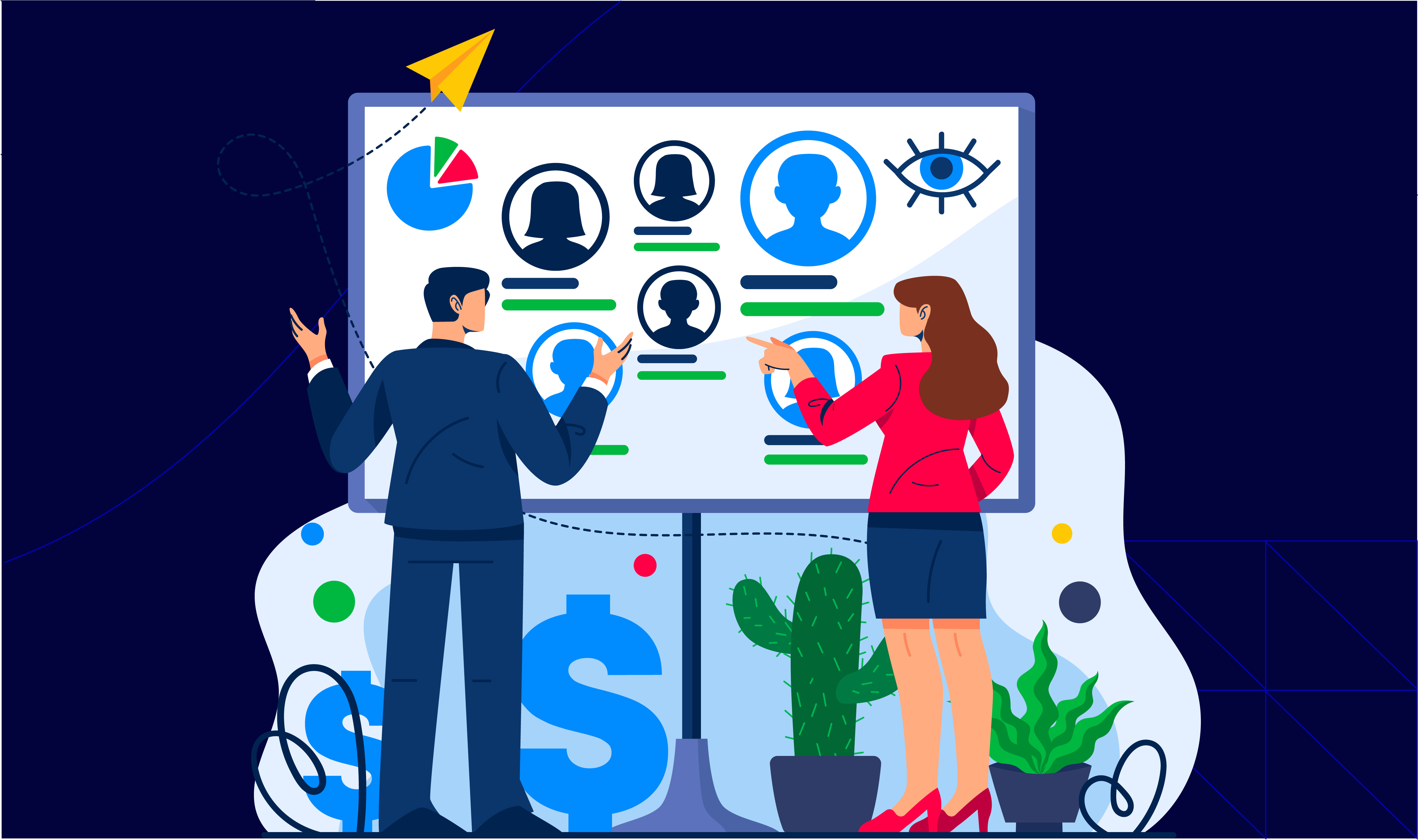
Customer lifetime value is a way to measure how much money a single customer brings to your business over time. Instead of just looking at one sale, this metric helps you understand how valuable a customer is throughout their entire relationship with you.
For example,
- Say a customer buys from you regularly for five years. They are more valuable than someone who makes just one purchase and never returns.
By calculating customer value, you can identify such long-term customers and keep them happy so they continue to buy from you.
CLV is also critical for comparing acquisition spend versus revenue. If your acquisition costs are more than CLV, your business model is unsustainable.
Why is Customer Lifetime Value Important?
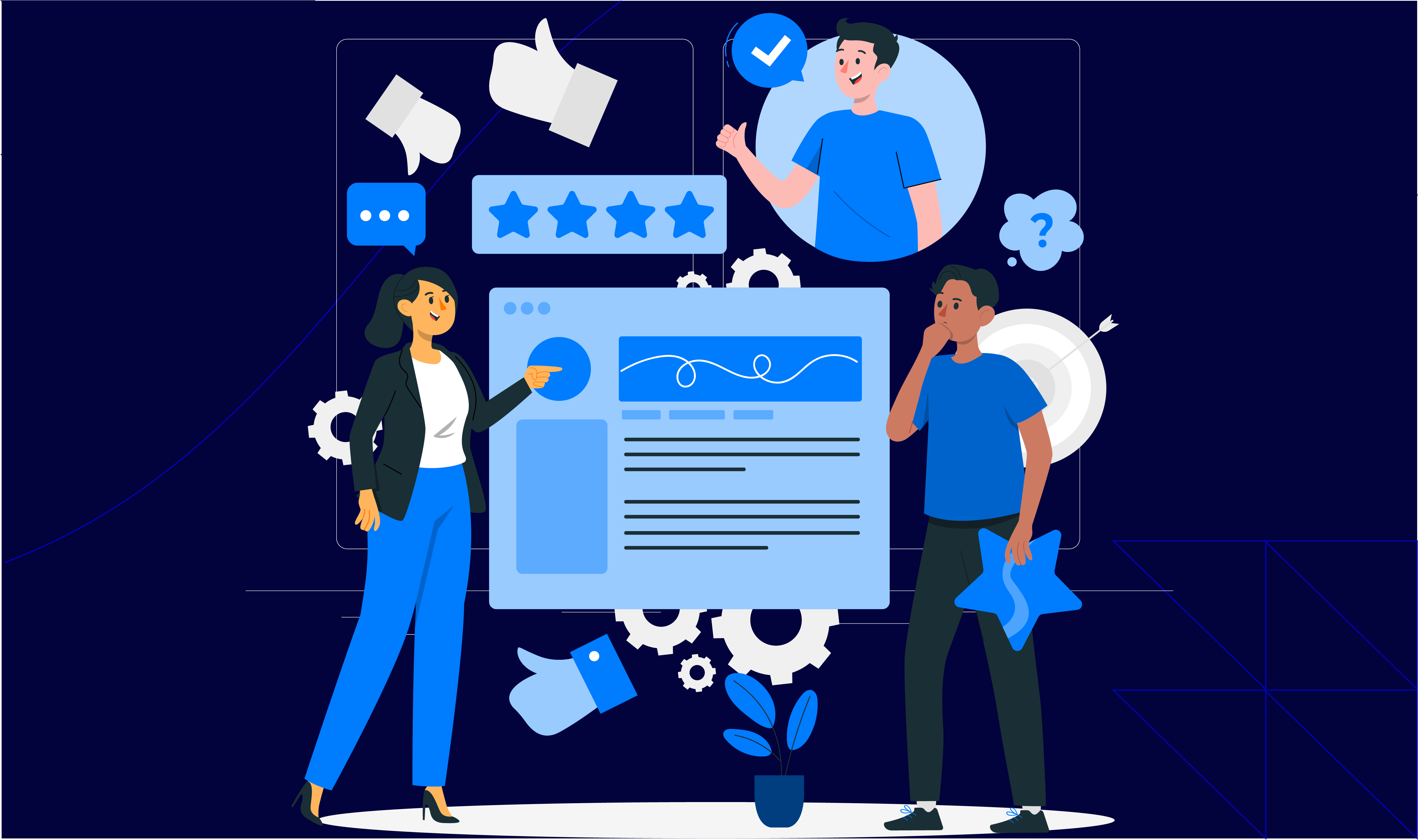
Please understand that most customers’ needs change over time. Thus, if you want to keep them coming back, you need to understand their behaviour. Through customer value calculations, you can figure out where to invest your time and money to get the best results.
Let’s see how you can leverage customer lifetime value for business growth:
- Boost recurring sales to drive revenue
-
- A study shows that about 42% of sales leaders say repeat customers are their biggest source of income.
- Thus, instead of always chasing new customers, you can focus on keeping your best ones happy.
- You can find such customers by calculating customer lifetime value.
- Better business decisions
-
- Customer lifetime value helps you decide where to spend your marketing budget.
- Also, you learn how to improve your products and keep customers engaged.
- Increase loyalty and reduce churn
-
- When you know which customers bring the most value, you can tailor your services to keep them satisfied.
- You can offer them better deals, rewards, and personalised experiences.
- This prevents your valuable customers from leaving (churn).
Executives often use CLV to segment customers into loyalty tiers which helps to focus retention programs on high-value segments while keeping acquisition costs balanced.
How to Calculate Customer Lifetime Value?
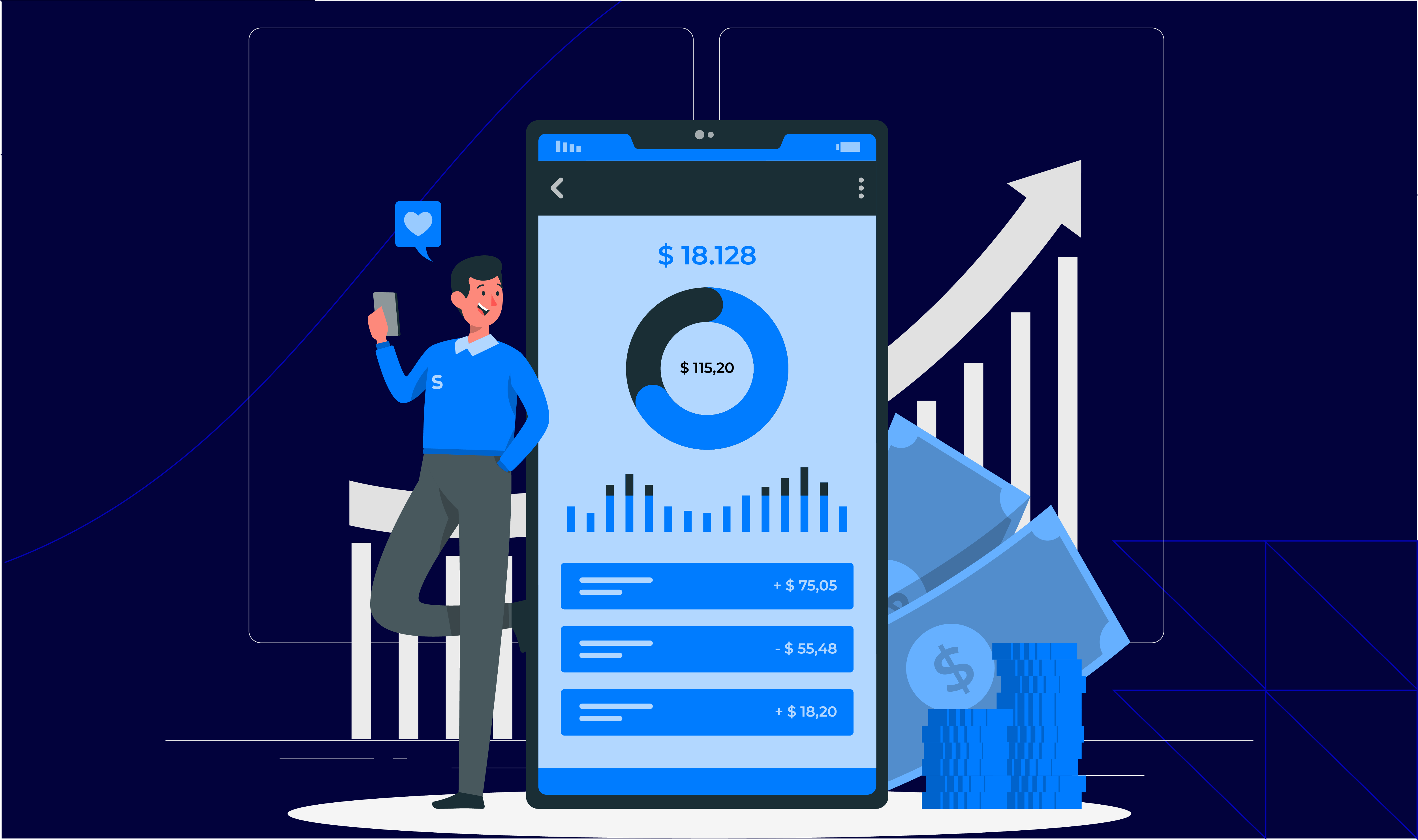
By calculating customer lifetime value, you can understand how much a single customer is worth to your business. It is not just about how much they spend but also about the profit they bring after covering costs.
Let’s learn how you can calculate customer lifetime value in easy steps:
Step 1: Calculate the Gross Customer Lifetime Value
The simplest way to calculate gross lifetime customer value is:
Gross Customer Lifetime Value = (Average Revenue per Customer × Customer Lifespan)
Step 2: Factor in Costs for Real Profit
Revenue alone doesn’t give you the full picture. You also have to consider how much it costs to serve that customer. Generally, these costs include:
- Cost of Goods Sold (COGS): It is the cost of producing or sourcing the product.
- Marketing Expenses: This segment represents the cost of acquiring and keeping the customer.
- Customer Support Costs: It covers any customer service or operational costs incurred to maintain the relationship.
Step 3: Calculate the Net Customer Lifetime Value
By now, you have calculated two things:
- The gross customer lifetime value
- The total expenses incurred to maintain customer relationships
To calculate net customer lifetime value, you can use the following formula:
Customer Lifetime Value = (Average Revenue per Customer × Customer Lifespan) − Total Costs of Serving the Customer
For more clarity, let’s study an example:
- Say a customer spends Rs. 50,000 per year on your products.
- They usually stay with your business for 5 years.
- Now, the gross customer lifetime value is:
- Rs. 50,000 x 5 years = Rs. 2,50,000
This means that, on average, this customer will bring Rs. 2,50,000 in total revenue over five years. Now, based on further analysis, you found that the cost of goods, marketing, and customer support per year is Rs. 15,000. This means your total cost over 5 years will be Rs. 75,000 (Rs. 15,000 × 5).
So, the net customer lifetime value is:
CLV = Rs. 2,50,000- Rs. 75,000 = Rs. 1,75,000
So, this customer is actually worth Rs. 1,75,000 in profit over their lifetime with your business.
Analyse Customer Lifetime Value in Different Situations
Customer lifetime value is not always about just the highest-spending customer. Value depends on business priorities. Let’s understand this phenomenon through two cases:
| Case 1: Long-Term Loyal Customer | Case 2: High-Spending New Customer |
|
|
Please note that both types of customers are valuable even though the CLV differs. That’s because:
- Loyal customers keep your business stable over time
- High-spending customers bring quick profits (but need extra attention to stay long-term).
Here, the best strategy is to keep both types engaged and not ignore a particular class due to lower CLV. You should try to reward loyalty while also offering great service to new and high-spending clients. This approach will boost your long-term retention.
Executives often measure “CLV boost” programs by balancing both groups: loyalty rewards for long-term stability and premium experiences for high spenders.
3 Common Signs of Decreasing Customer Lifetime Value
Losing valuable customers can hurt your business! But if you spot the warning signs early, you can take action to keep them happy and loyal. Let’s check out three key signs of decreasing customer lifetime value :
1. Regular Fall in Spending
If a regular customer starts buying less from you, that’s a warning sign. For example, say a set of customers (of a specific genre) used to order from you every month. But now, they only buy once every few months. Or they used to purchase larger quantities, but now they’re cutting back.
Now, this clearly shows:
- They are trying out a competitor.
- They don’t see the same value in your product or service.
- Their business or personal situation has changed. This change has affected their spending.
To handle such a situation, you should:
- Check their purchase history and try to spot trends.
- Engage with them and ask if there’s a reason for the change. Maybe they need:
- A discount
- Better service
- A new product option
2. Rising Complaints
Some big red flags to note are:
- Your customer support team has started receiving more complaints
- You are getting more refund requests
- There is a substantial increase in problems with your product or service
If this happens, you must realise that your product or service isn’t meeting their expectations anymore. There’s been a decline in quality or service. And, due to this your customers had a bad customer service experience and they are now frustrated.
What you can do? To manage such a situation, you should:
- Firstly, respond quickly. That’s because about 70% of customers say they will do business again with a company if their complaint is resolved quickly.
- Next, listen to their problems patiently and show them you care by addressing the issue directly.
- Lastly, offer them benefits so that they feel valued.
For example, say a customer complains about slow delivery. Now, you can offer them a free upgrade on their next order.
Always remember that a great recovery experience can actually make a customer more loyal than they were before!
3. More Requests for Changes
Say your customers keep asking for:
- Different pricing
- Contract changes
- Customised service
Now, this could mean that they are unhappy with your current offering. It might also mean their needs are changing, and if you don’t adjust, they could leave for someone who will.
Usually, this happens when:
- The customer has grown and needs more from you.
- They are looking for cost savings and might be considering a competitor.
- They are not fully satisfied with what they’re getting now.
To manage such a situation, train your support team to:
- Have a conversation: Don’t wait for them to leave. Ask why they need these changes.
- Be flexible: Offer different options that fit their new needs.
- Show your value: Makes them realise why your business is still the best choice.
Monitoring these trends is important for CX leaders. According to Gartner, businesses that act on early churn signals can reduce churn by up to 30%.
Boost Your CLV, Stress-Free! Choose Atidiv Today.

Customer lifetime value helps you identify your most valuable customers. It improves retention and maximises long-term profitability. To do so, you should focus on:
- Customer experience
- Recurring sales
- Loyalty
Also, understand early warning signs (such as reduced spending, increased complaints, and requests for changes) to take proactive steps to retain customers before they leave.
Do you want to enhance your business’s customer lifetime value? We at Atidiv are expert digital CX solution providers. Through our omnichannel support, you can give your customers a seamless experience across multiple platforms. Also, our expert team continuously tracks customer interactions to identify pain points and refine processes.
For consumer brands and D2C companies in the US, UK & Australia, Atidiv delivers measurable outcomes: 98% QA scores, up to 60% cost savings and proven CLV improvements for enterprise and mid-market clients.
Associate with Atidiv today! Strengthen customer relationships and reduce churn like never before!
FAQs On Customer Lifetime Value
1. How can I increase my customer lifetime value without spending too much on marketing?
You don’t always need a big marketing budget! You can focus on customer retention by offering:
- Great service
- Personalised experiences
- Loyalty programs
Also, try to make small changes like better follow-ups, exclusive offers, and excellent customer support. This can increase repeat purchases and long-term loyalty. Alternatively, you can outsource customer support to a leading CX specialist, like Atidiv. Loyalty programs, personalized follow-ups and proactive service are proven CLV boosters. According to McKinsey, loyalty initiatives can increase CLV by 15–25%.
2. What if my customers leave after just one or two purchases?
If customers don’t stick around, you should analyse why. Some common reasons are:
- Are they unhappy with the product?
- Is your follow-up weak?
- Is your product/ service pricing not competitive?
After identifying reasons, try to engage them with personalised offers and improved post-sale support. Even a simple discount on their next purchase or a check-in message can encourage repeat business and improve customer lifetime value. Track onboarding experience closely — most churn occurs in the first 90 days. Improving early engagement can increase lifetime customer value significantly.
3. Should I focus more on acquiring new customers or retaining old ones?
Retention is cheaper than acquisition! Studies show keeping existing customers is 5x cheaper than finding new ones. Thus, prioritise your existing loyal customers through:
- Exclusive perks
- Personalised communication
- Proactive service
4. How do I know if my CLV is too low?
Compare CLV against CAC (Customer Acquisition Cost). A healthy CLV:CAC ratio is at least 3:1. Anything below that signals the need to improve retention. In such cases, you should look at trends:
- Are repeat sales dropping?
- Are customers abandoning their online carts?
- Is there a rise in customer complaints?
If yes, you should work on improving retention and engagement.
5. How can I stop my best customers from switching to competitors?
Be aware that most customers leave when they feel unappreciated or find a better offer. Thus, you should try to build strong relationships through:
- Personalised deals
- Priority support
- Value-added services (VAS)
Additionally, regularly check in and ask for feedback. If possible, offer incentives for long-term loyalty. Research shows most customers leave due to feeling undervalued. By offering personalized deals, priority support and gathering feedback regularly, you can improve CLV while reducing churn.
